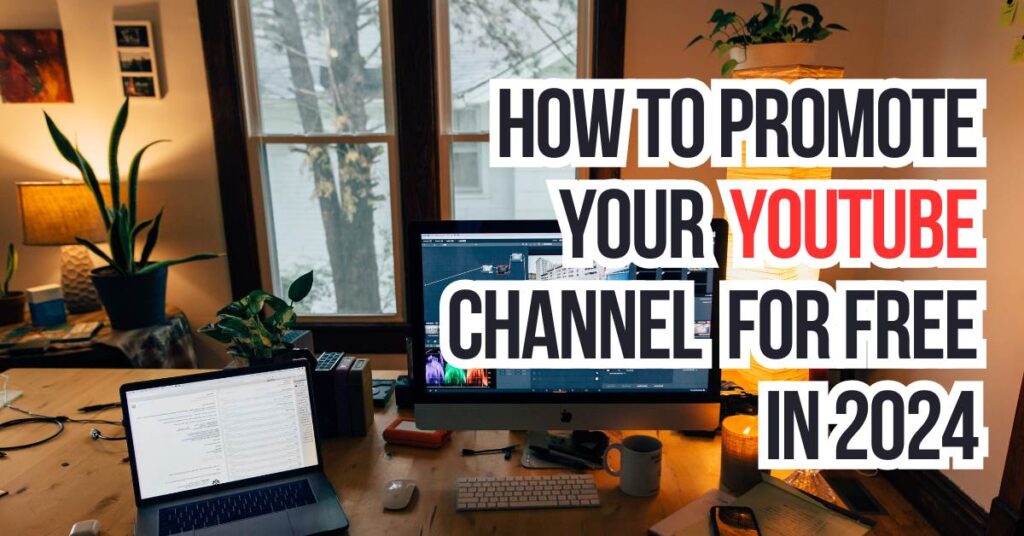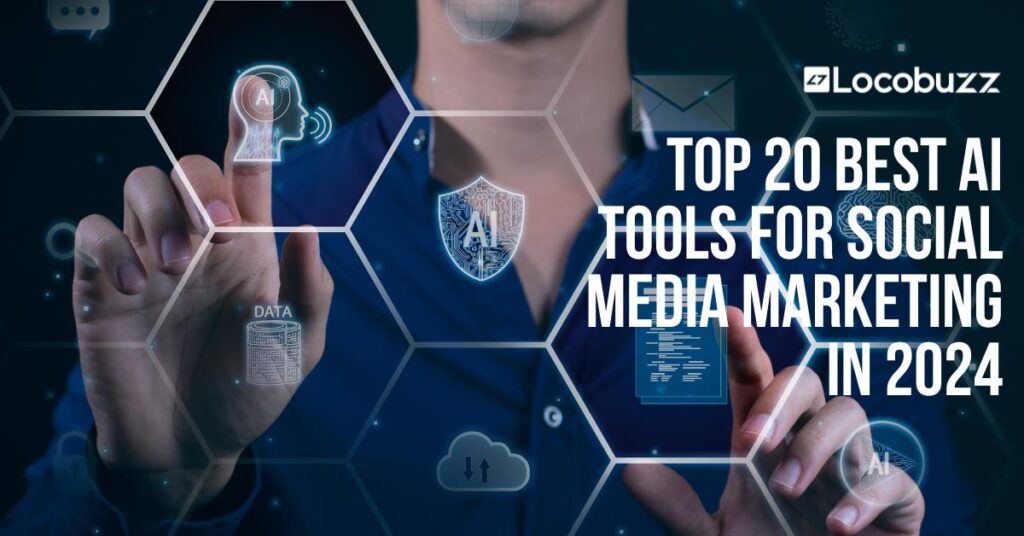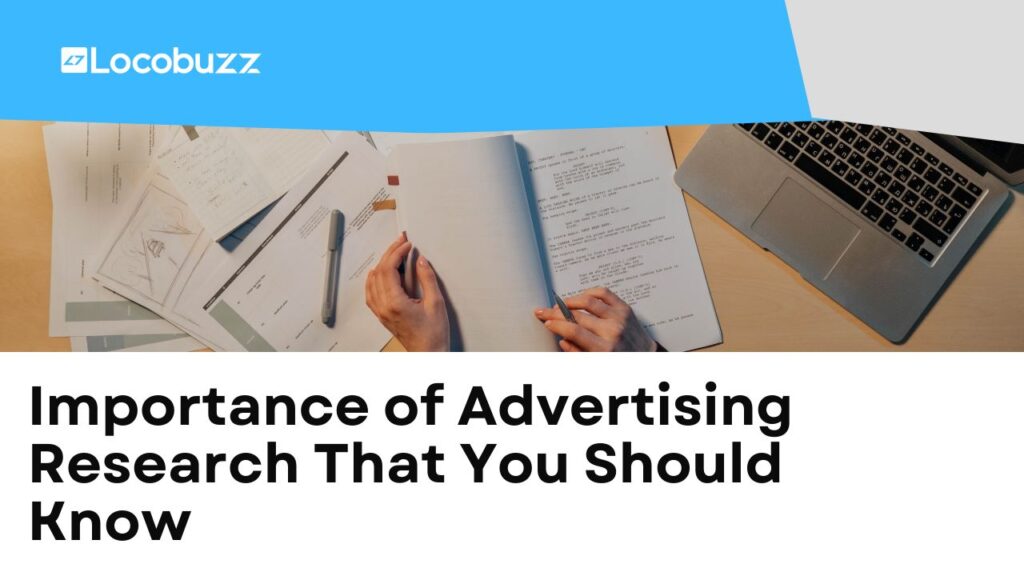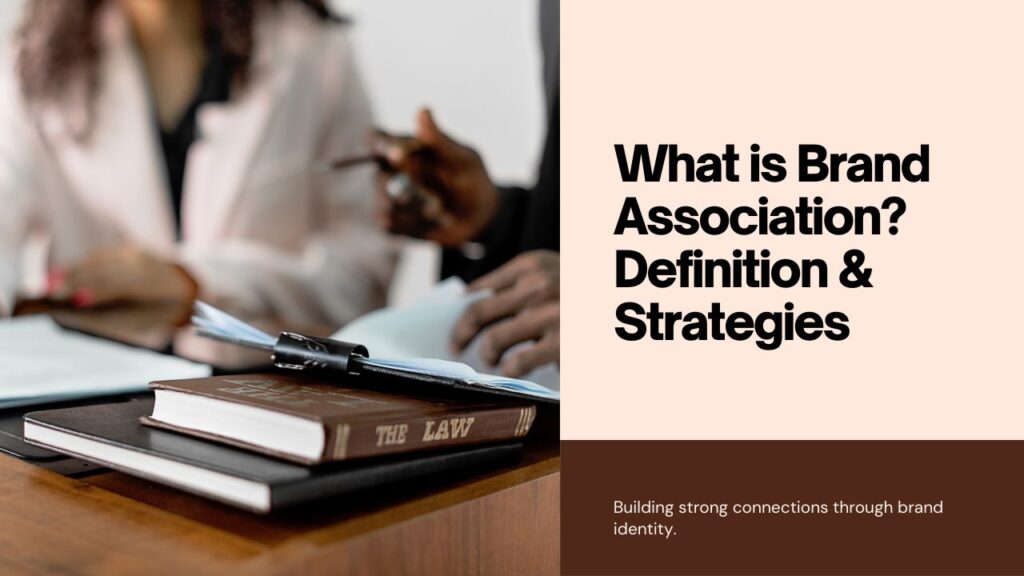Top 30 Influencers In Delhi In 2025
Top 30 Influencers In Delhi In 2025 With the growing number of social media users, Influencers are getting more and more popular in cities like Delhi. Influencers do not just post pretty pictures or make a reel and call it a day. Being an influencer is much more than that. Influencers shape the trends on social media platforms, recommend places and things, and most importantly, build relationships with their audience. And that’s where the term influencer marketing has come from. Influencer Marketing is marketing or promotion of your brand or product with the help of an influencer. According to a survey, 69% of consumers trust an influencer’s recommendations. So, who are the top 30 influencers in Delhi? Let’s learn! Influencers In Delhi Sr. No Name Username Followers Genre 1 Kusha Kapila @kushakapila 3.6m Lifestyle 2 Vishnu Kaushal @thevishnukaushal 2.2m Comedy 3 Kritika Khurana @thatbohogirl 1.8m Beauty & Travel 4 WhatsHappening365 @whatshappening365 599k Reviews 5 Roshni Bhatia @thechiquefactor 539k Fashion 6 Niki Mehra Madan @nikimehra 537k Fashion 7 Govind Kaushal @govinuts 444k Comedy 8 Deeksha Mishra @deekshamishraofficial 401k Fashion & Lifestyle 9 Fiza Rehmat @fiza_rehmat 331k Fashion 10 Rohit Maher @_musclemaniac__ 306k Fitness 11 Riya Dixit @riyaadixit 288k Fashion 12 Soundarya Thakur @soundaryathakur 271k Fashion & Lifestyle 13 Bhavdeep Kaur @bhavdeep_kaur 242k Fashion & beauty 14 Diksha Rawat @diksharawat22 253k Lifestyle & beauty 15 Ritika Pathak @ritikacpathak 223k Beauty 16 Jaspreet Kaur @hautemissy 151k Fashion 17 Sweety Neeraj Yadav @flying_mom_23 126k Parenting 18 @kashyap_deepshikha @kashyap_deepshikha 115k Fashion & Travel 19 Ujjwal Dua @ujjwal_dua 112k Fashion 20 Annushri Pandey @annushripandey 107k Make-up 21 Gurleen Bedi @whaaatislife 99.9k Lifestyle & Food 22 Nikita Wadhawan @nikitawadhawan014 88.5k Lifestyle 23 Daksh Tripathi @dakshh_tripathi 81.4k Fashion & Fitness 24 Harleen Kaur Kohli @harleenkohliofficial 81.4k Fashion 25 Manmeet Singh @foodzaggy 65.4k Food 26 Manvinder Kaur @food_nd_nature 54.7k Food 27 Foodie_says @foodiee_says 51.6k Food 28 Vaishali Srivastava @srivastavajii 48.9k Fashion 29 Chetan Pal @delhitravelblogger 48.7k Travel 30 Gunika @tryology_with_gunika 41.9k Lifestyle 1. Kusha Kapila (@kushakapila) View this post on Instagram A post shared by Kusha Kapila (@kushakapila) Kusha Kapila is an Instagram influencer with 3.6 million followers where she posts lifestyle, beauty, and humor reels and Instagram content. Based in Delhi, she often updates her Instagram followers with her gym pictures, posts relatable and funny reels with her friends, likes IPL, and binge-watches the latest and best series and movies on the streaming platforms. Being a big fan of the movie Damsel, Kusha also got a chance to talk with Millie Bobby Brown, the lead actress in the film, who is known for her famous role as Eleven in the Stranger thing series, where she talked Millie about her movie and taught her about Moye Moye which is an Indian social media slang, which was trendy a while back. She also posts her outfit pictures and reels for her followers to see and inspire, and sometimes journals about her life on her Instagram stories. 2. Vishnu Kaushal (@thevishnukaushal) View this post on Instagram A post shared by Vishnu Kaushal (@thevishnukaushal) Vishnu Kaushal is a content creator and an influencer on Instagram with 2.2 million followers. He was born in Chandigarh but currently lives in Delhi and on his Instagram, he posts funny and relatable reels and content. He often also collaborates with his brother Govind on his reels, and they make an awesome duo that is well-loved by their audience. He is famous for his short and interesting comedic reels and also for his role as Gulab in the movie Dunki. He shared the pictures and videos from the moments on set, and how they filmed the movie. His recent video was him acting as Desi Voldemort, and how he would compare against the real Voldemort from Harry Potter. He also recently made his acting debut in Rajkumar Hirani’s film Dunki with Shah Rukh Khan, the OG of Bollywood. 3. Kritika Khurana (@thatbohogirl) View this post on Instagram A post shared by Kritika Khurana (@thatbohogirl) Kritika Khurana is a beauty and lifestyle influencer on Instagram who has 1.8 million followers. She has been featured in the Times 40 under 40 lists and hosts a podcast named What’s up sister? where she hosts a podcast show with her sister, talking about everything to anything. She has also appeared on billboards and in newspapers like the Hindustan Times as a model for an apparel brand advertisement. On her Instagram account, she often posts beauty and skin care reels, where she suggests makeup and beauty products to her followers, and posts Get Ready with Me reels. She also has a YouTube channel with 844k subscribers, where she often vlogs her travel videos to places like France, and Goa. Her recent reel is a Get to Know Me video with her fans, where she tells them about her so they to get to know her. 4. What’s Happening 365 (@whatshappening365) View this post on Instagram A post shared by Roshni Bhatia (@thechiquefactor) Roshni Bhatia is a fashion and beauty influencer on Instagram with 539k followers. Like her username, she believes in all things Chic, and so does her Instagram content with her beauty reels and pictures. She makes Instagram content about her outfits, makeup, travel reels, and photo dumps where she creates content that her audience will like. One of her reels is her playing with colors, in a bold manner, and she looks like she is having fun. Her latest Instagram post is her flaunting her yellow flare dress with its mellow jewelry and sandals, and captions it with, “Here’s a slash of dopamine for the weekend” Her chic-themed videos, reels, and pictures are what make Roshni’s page hers, and her 539k followers love her for it. 5. Roshni Bhatia (@thechiquefactor) View this post on Instagram A post shared by Roshni Bhatia (@thechiquefactor) Roshni Bhatia is a fashion and beauty influencer on Instagram with 539k followers. Like her username, she believes in all things Chic, and so does her Instagram content with her beauty reels and pictures. She makes Instagram
 Skip to content
Skip to content









